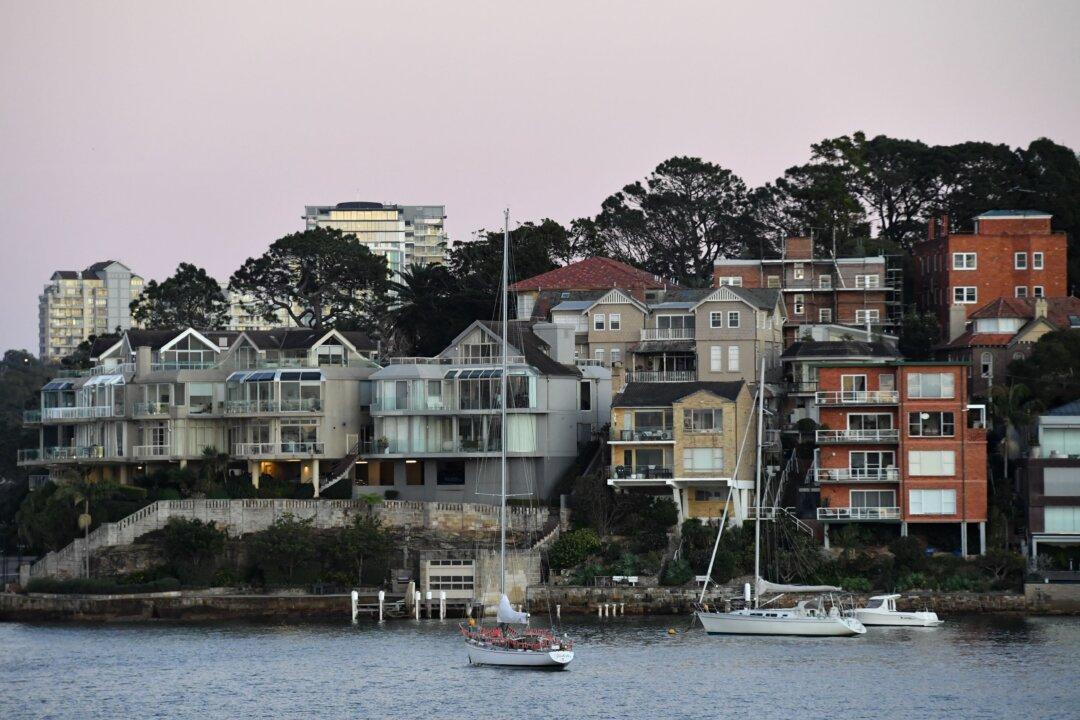The Australian property market grew 22.1 percent during 2021 on the back of low interest rates but ended the year on a subdued note CoreLogic revealed, with the national median house value in December only rising one percent, down from 1.3 percent in November.
It reflects the cooling market as the monthly growth rate had continued to soften since March last year when it reached its peak growth of 2.8 percent.





